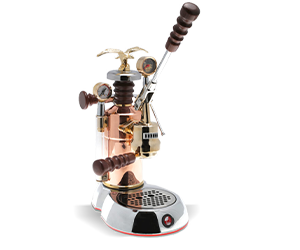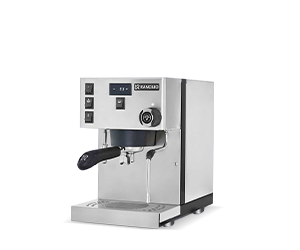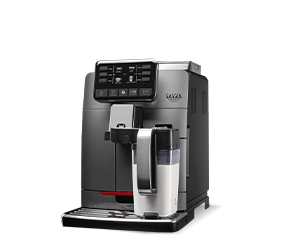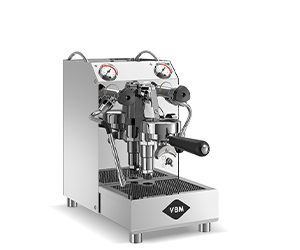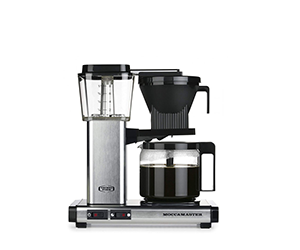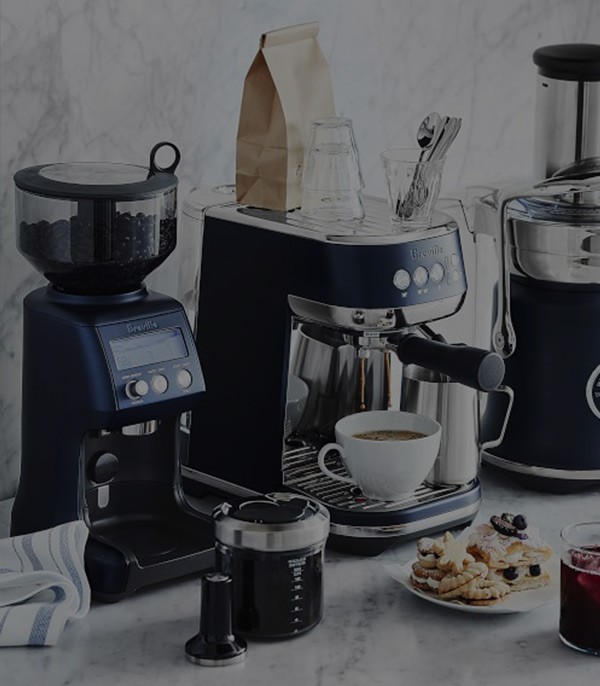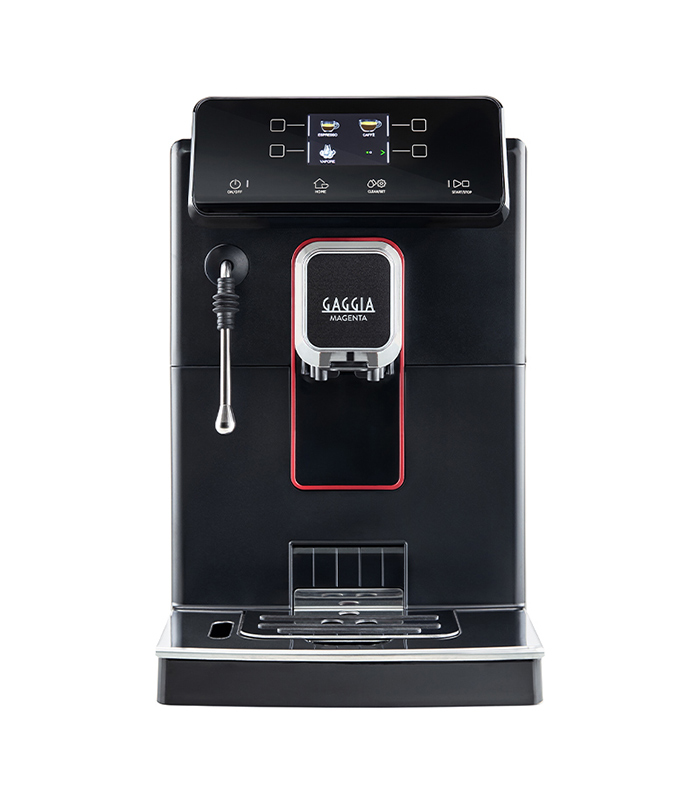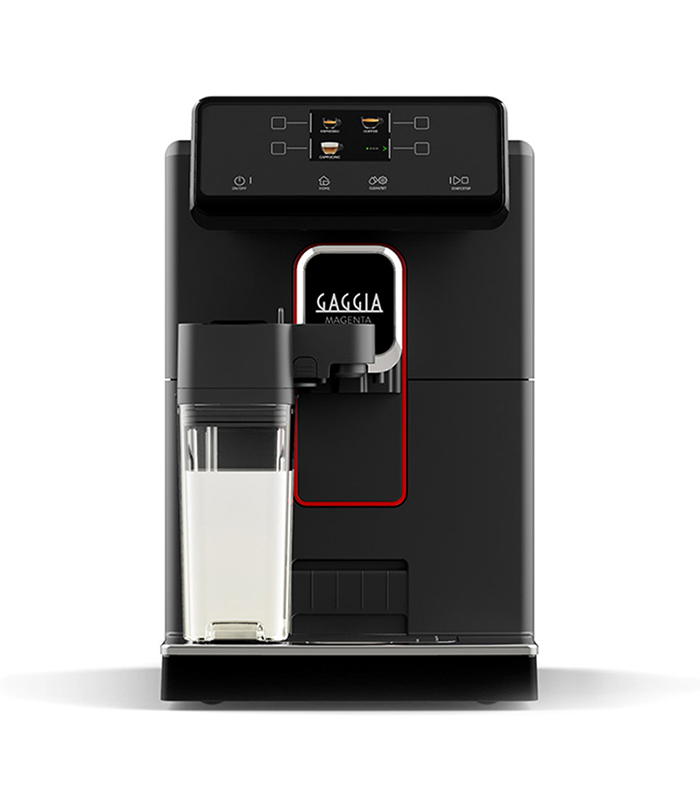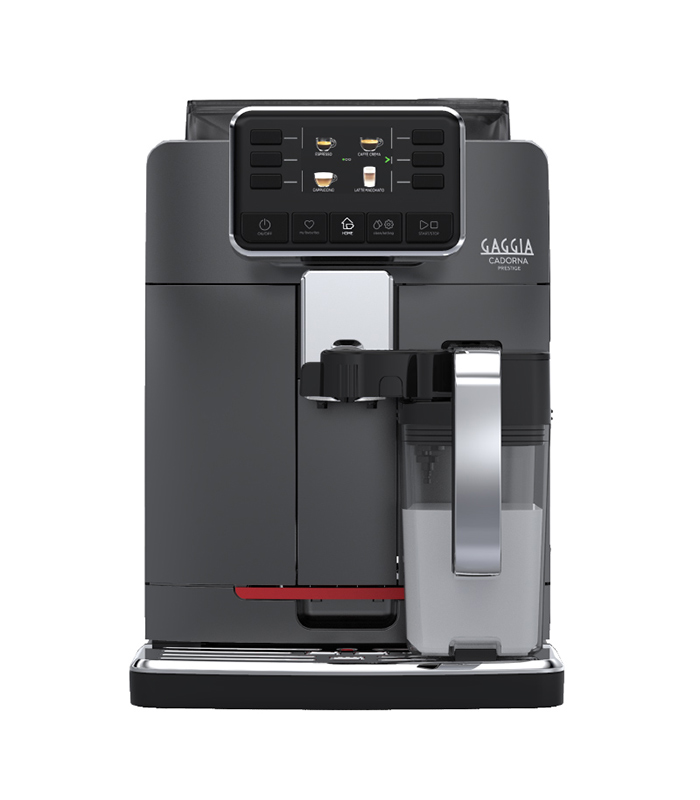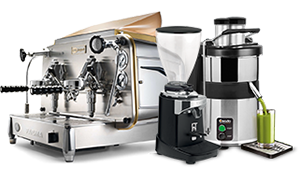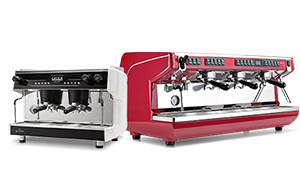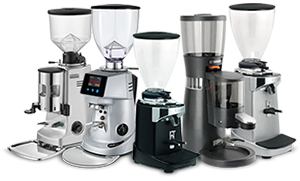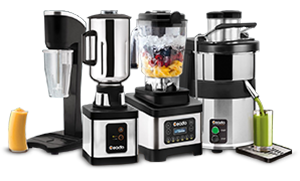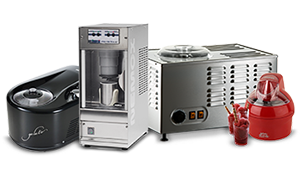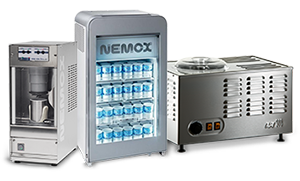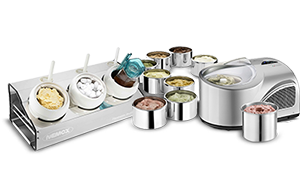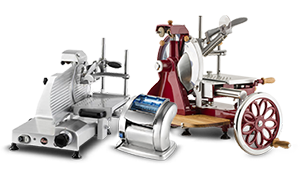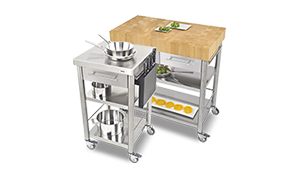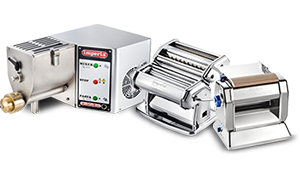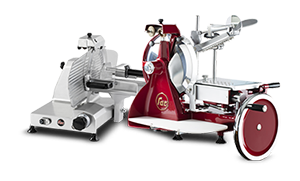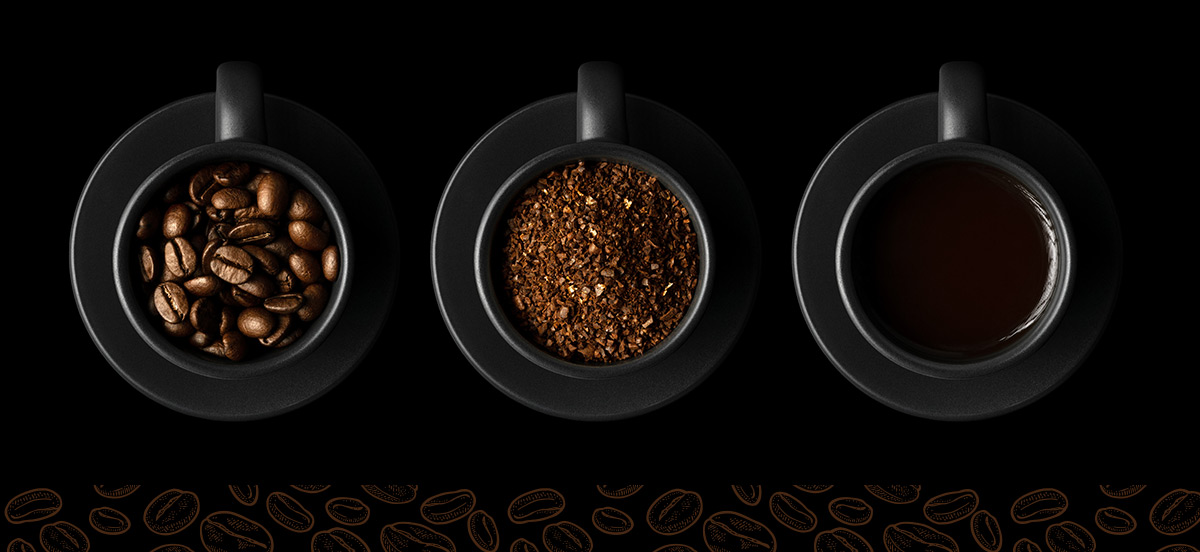How to make a perfect espresso: calibration guide
The fundamental goal for all coffee lovers is to obtain a perfect espresso. The key to achieving this coveted goal lies in the art of calibration. In this article, we take you through a series of fundamental steps to prepare an espresso that fully satisfies your taste.
What is espresso calibration?
The calibration for a perfect espresso is based on three fundamental pillars: the dose, the grind and the coffee yield. Other significant factors are the quality of the beans, the pressing technique, the pre-infusion phase, the pressure during extraction and the water temperature. All these elements play a significant role in determining the final flavour of your espresso.
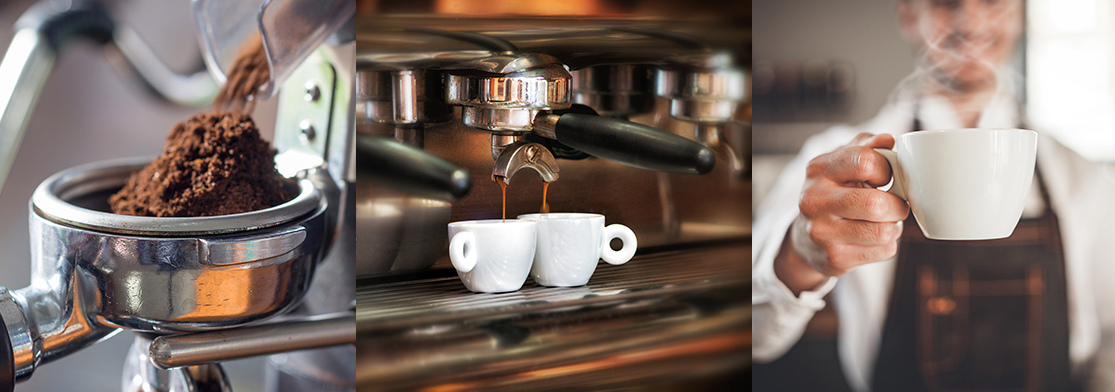
The espresso calibration process
Espresso calibration is an art that requires attention to detail and a thorough understanding of each step of the process. By following these steps, you can hone your technique and obtain an espresso that not only meets the technical criteria of excellence, but also reflects your personal taste.
- Bean selection: The choice of coffee beans plays a crucial role in the espresso preparation process. It is essential to use fresh beans, preferably roasted no more than 30 days previously.
- Understanding the right dosage: to start, a good reference point is to use an extraction ratio of 1 to 2. This means, for example, using 19 grams of coffee to obtain 38 grams of espresso, with an extraction time of between 20 and 30 seconds.
- Grinding the beans: Start with a medium grind and adjust it according to the age of the beans: for fresher beans a slightly coarser grind is recommended, while for older beans a finer grind is preferable.
- Dosing and distribution: For an ideal espresso, use a filter holder that can hold between 18 and 22 grams of coffee. After grinding the coffee, dose it carefully into the filter holder and distribute it evenly to ensure a balanced extraction.
- Pressing: The pressing of the coffee in the filter holder should be done with constant and even pressure.
- Evaluation and extraction adjustment: After the first extraction, it is important to carefully evaluate the result. If the espresso is under-extracted, characterised by a weak and sour taste, it will be necessary to adjust the grind by making it finer. Conversely, if the espresso is over extracted, with a bitter and astringent taste, a coarser grind will be appropriate.
- Experimentation and customisation: once you have found the ideal grind for your beans, you have the freedom to experiment with the dose and extraction temperature. Each type of coffee is unique, so don’t hesitate to explore different combinations to discover the taste that comes closest to your personal preferences.

Making the perfect espresso
Remember that preparing the perfect espresso is a journey of discovery and refinement. Each cup is an opportunity to hone your skills and discover new flavour nuances. Experiment, taste and, above all, enjoy every step of this fascinating process!

